Common Big Box store bromeliad (which they do not ID)
Lars/J. Robert Scott
8 years ago
Featured Answer
Sort by:Oldest
Comments (8)
Lars/J. Robert Scott
8 years agoRelated Professionals
Eden Prairie Landscape Architects & Landscape Designers · Foothill Ranch Landscape Architects & Landscape Designers · Horsham Landscape Architects & Landscape Designers · Signal Hill Landscape Architects & Landscape Designers · Frisco Landscape Contractors · Fishers Landscape Contractors · Long Branch Landscape Contractors · Merced Landscape Contractors · Northlake Landscape Contractors · Ridgewood Fence Contractors · Cherry Hill Fence Contractors · Lincolnwood Fence Contractors · Provo Fence Contractors · Waldorf Siding & Exteriors · Brookfield Siding & ExteriorsLars/J. Robert Scott
8 years agodebbyabq
8 years agoLars/J. Robert Scott
8 years agodebbyabq
8 years ago
Related Stories
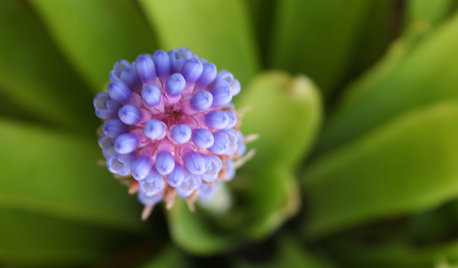
GARDENING GUIDESBromeliads: The Ultimate Collector’s Plants
Once you discover bromeliads’ exotic beauty, wide-ranging colors and intriguing patterns, you’ll never go back
Full Story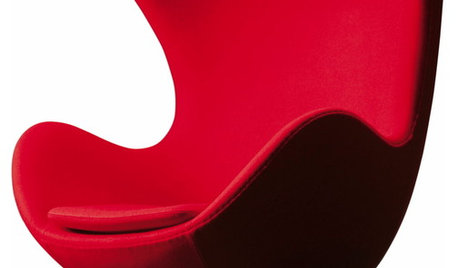
FUN HOUZZHouzz Quiz: Which Midcentury Modern Chair Are You?
Have a seat for a little fun. Better yet, have a seat that has you written all over it
Full Story
KITCHEN DESIGNHouzz Quiz: Which Kitchen Backsplash Material Is Right for You?
With so many options available, see if we can help you narrow down the selection
Full Story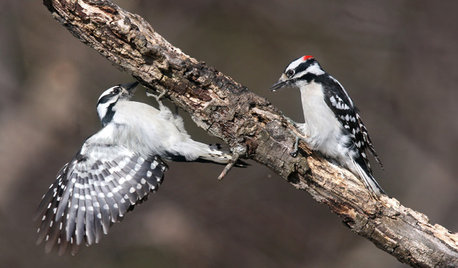
GARDENING FOR BIRDSBackyard Birds: How to Identify Two Common Woodpeckers
Downy and hairy woodpeckers have similar coloration and behavior. But there are two big differences that separate them
Full Story
KITCHEN DESIGN12 Great Kitchen Styles — Which One’s for You?
Sometimes you can be surprised by the kitchen style that really calls to you. The proof is in the pictures
Full Story
KITCHEN DESIGNOpen vs. Closed Kitchens — Which Style Works Best for You?
Get the kitchen layout that's right for you with this advice from 3 experts
Full Story
BATHROOM DESIGN5 Common Bathroom Design Mistakes to Avoid
Get your bath right for the long haul by dodging these blunders in toilet placement, shower type and more
Full Story
GARDENING GUIDESCommon Myths That May Be Hurting Your Garden
Discover the truth about fertilizer, soil, staking and more to keep your plants healthy and happy
Full Story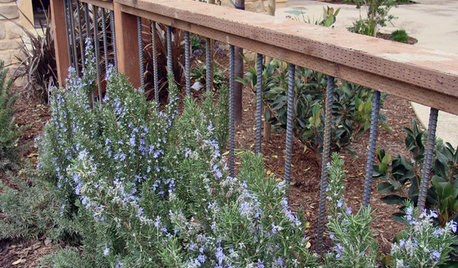
INDUSTRIAL STYLE9 Imaginative Ideas for Industrial Rebar in the Garden
Inexpensive and unexpected, steel bar from any big-box hardware store can give your landscape an edgier look
Full Story
ARTThe Best Ways to Care for, Clean and Store Art
Keep your treasures on canvas and paper in top shape with this expert advice from two gallery directors
Full Story






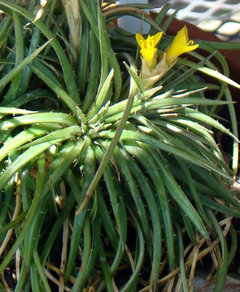
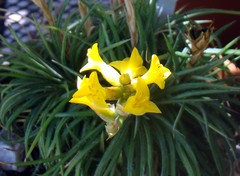
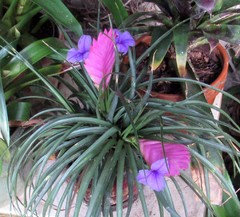
splinter1804